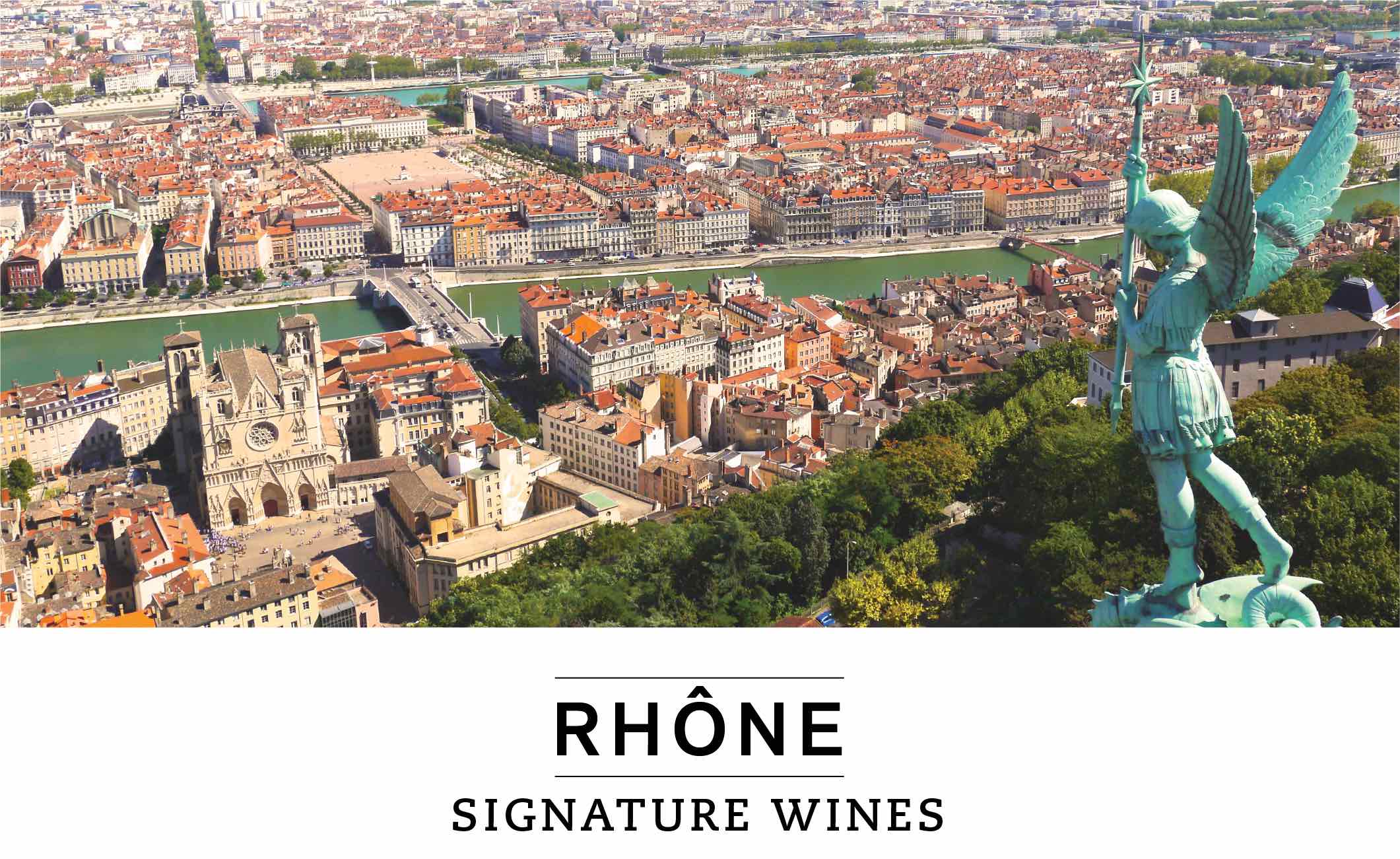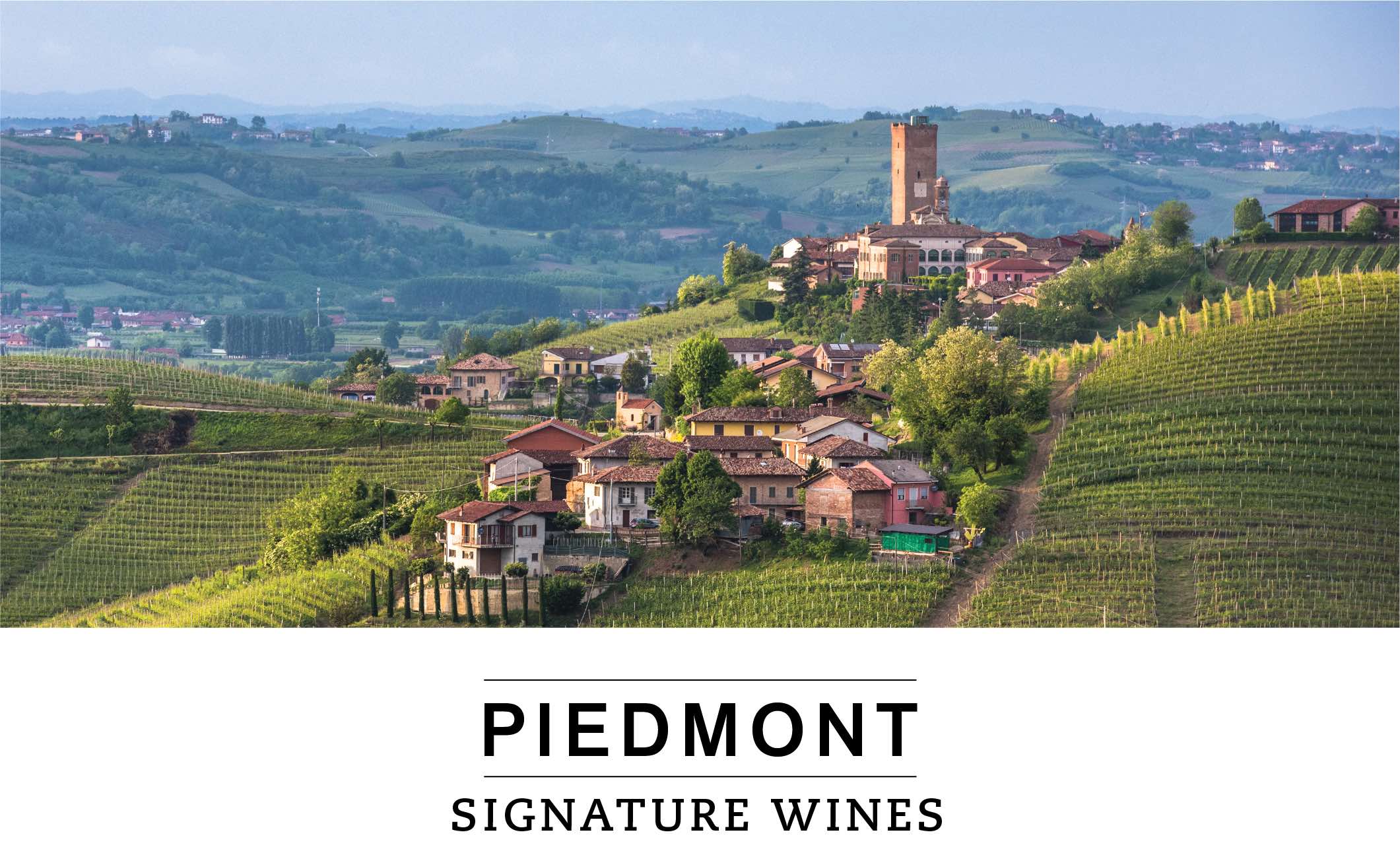Vintages - Classic European Regions

Classic European Regions
(6 min. read)
If you’re not already a convert, our European primer will connect you with the world’s most venerable and venerated wine regions and their delicious wines.
Europe is home to many of the world’s greatest wines and regions. It’s here that winemaking began, and it’s from here that so many of our favourite grapes and styles originated. With very few exceptions, the New World wines you love trace their roots to benchmark European expressions.

Red blends made primarily with Cabernet Sauvignon, Merlot and Cabernet Franc
Bordeaux is one of the world’s oldest, most prestigious wine regions. Its name immediately conjures notions of quality and refinement, even for the least experienced wine lover. While the legendary wines of Château Margaux or Pétrus command prices that place them out of reach of the average consumer, Bordeaux’s true greatness lies in the fact that wines with elegance, sophistication and balance – hallmarks of its premium-quality offerings – can be found at all price points. No other premium-wine region can offer such precision and balance at every level. To understand the importance of Bordeaux, simply look at the proliferation of plantings of Cabernet and Merlot throughout the New World. From California’s Napa Valley to New Zealand’s Gimblett Gravels, Bordeaux’s native varietals have set the gold standard for quality.

Chardonnay and Pinot Noir
Noted for its revealing, ethereal expressions of Chardonnay and Pinot Noir, Burgundy is more closely associated with the notion of provenance than almost any other region. During the Middle Ages, Benedictine and Cistercian monks charged with producing wine for the Church began to recognize subtle variations in the wines from different areas. Following a painstaking examination and comparison of each site (the kind of painstaking only possible with monks), they began to map the vineyards in terms of quality; in this way, Burgundy’s famous, complex cru system began to emerge. While Chardonnay in Chablis rarely sees oak treatment and is light and fresh with a bracing acidity, Chardonnay from the Côtes de Beaune is rich and powerful, with vanilla and toast aromas and flavours. Burgundy’s earthy, elegant Pinot Noir is a global benchmark for the variety. Cherry, red fruit, herbs, spice and refined tannins are hallmarks of these wines.

Traditional-method sparkling wines featuring combinations of Chardonnay, Pinot Noir and Pinot Meunier
Situated 145 kilometres northeast of Paris, Champagne is one of the world’s most northerly fine-wine regions. The cool conditions here encourage grapes to achieve high levels of acidity – a fundamental ingredient in the production of sparkling wine. The Champagne region has the world’s most rigorous regulations for the production of traditional-method sparklers. This labour-intensive, time-consuming process, in which the second fermentation takes place within each bottle, creates Champagne’s classic yeasty, biscuity notes as well as the depth, complexity and texture that has made it the world’s most revered sparkling wine since the style emerged in the 17th century. Fantastic with food, Champagne has become inextricably associated with refinement, sophistication and celebration.

Red blends primarily based on Grenache, Syrah and Mourvèdre
As with all of Europe’s venerable wine regions, the Rhône has a long, storied history of viticulture; archaeological evidence dates serious winemaking in the area to at least 600 BCE. The region produces white wines but is most commonly associated with reds. For those looking for easy-to-enjoy, immediately accessible wines or cellarworthy, collectible wines, the Rhône is truly a special place with something for every budget. The Côtes du Rhône appellation was established in 1937, and its wines are among the most popular in all of France and offer great value. The Côtes du Rhône-Villages appellation was created in 1966 and represents the next tier on the quality ladder. Wines from here have more body and a spiced red-fruit character. The most famous Rhône region is one of the oldest in France. Châteauneuf-du-Pape was established in 1936, but its official boundaries were drawn up in 1919. Often lush and powerful, the wines of Châteauneuf-du-Pape always express great fruit freshness, black pepper, spice, earth and garrigue.

Sauvignon Blanc
The Loire Valley is, quite simply, beautiful. Often referred to as “the garden of France,” the area is as famous for its castles as it is for its wines. This picturesque place is the spiritual home of Sauvignon Blanc, and it’s from here that the grape has spread around the world. Loire Valley wines are bright and fresh with a zesty soul, accompanied by immediately identifiable grass, grapefruit, gooseberry and mineral tones. Sauvignon Blancs produced in the white limestone terres blanches soils of Sancerre have a complex suggestion of gunflint that reflects that area’s high concentrations of silex.

Barrel-aged Tempranillo
The rise of Rioja wine owes much to the complex political history of Europe. Bordeaux wines have long been popular in England, where they’re known as Claret, but the phylloxera blight of the mid-1800s, as well as frequent wars with France, forced the English to look elsewhere for their wines. One place they turned to was Spain, and the Tempranillo-based wines of Rioja were a revelation. With French oak being difficult to obtain, winemakers in Rioja used American oak, which was both plentiful and inexpensive. This imparted a rich vanilla note as well as softening and rounding the wine’s tannins, providing another alluring point of differentiation for English wine lovers. Oak ageing is a defining characteristic of Rioja’s wines, whose quality designations are based on time in barrel. Crianza wines must see one year in barrel and several months in bottle, and Reservas must spend a minimum of a year in oak with the balance spent in bottle for a minimum total ageing of three years.

Sangiovese-based reds
Across Europe, wines are an integral component of the cultural identity of the place in which they’re grown, particularly where food is concerned. Tuscany’s slow-ripening Sangiovese is responsible for three of Italy’s most famous wines: the food-friendly trio of Chianti, Vino Nobile di Montepulciano and Brunello. Baron Ricasoli of Castello di Brolio is credited with defining the Chianti blend in 1872. Modern Chianti can be made of 100% Sangiovese or can include percentages of native grapes such as Canaiolo and Colorino, as well as Cabernet and Merlot. In the 1970s, the emergence of the revolutionary Supertuscans brought new excitement to the region. These were superb wines whose varietals, ageing regimes and/or blends fell outside traditional DOC classifications, resulting in the creation of the IGT designation. One of Tuscany’s most enduring gifts to its fans is that its wines remain so characteristically Tuscan, regardless of the style.

Red blends based on Corvina Veronese, Rondinella and Molinara. Usually, some percentage of the grapes are dried.
Veneto has been associated with quality wine production since the second century BCE and has a viticultural heritage that extends much further into history. The region’s fame was built on innovations such as drying grapes prior to fermentation to encourage greater depth, complexity and concentration in the wines. This process has given us the iconic, rich and just plain delicious Amarone. Other advances include the perfection of the ripasso technique, in which fresh, fruity Valpolicella wines undergo a second fermentation and are “re-passed” over used Amarone skins, enhancing the colour, body and texture of the wine. Experimentation with non-native grapes and non-traditional blends and techniques, often in IGT or IGP wines, has created an exciting confluence of history and modernity that is setting the stage for Veneto’s continued influence.

Highly prized wines crafted from Nebbiolo
Piedmont’s lofty reputation as one of the world’s most prized wine regions is founded on Nebbiolo, arguably Italy’s most esteemed grape. Nebbiolo is a finicky grape – very much like Pinot Noir, with which it’s often compared – and is fastidious about the soils in which it will grow, a factor that has seen the grape enjoy little success outside of Piedmont. The king of Piedmont is Barolo. Crafted from 100% Nebbiolo and aged for a minimum of 38 months before release including 18 months in oak, Barolo has profound tannins and structure that make it an exceptionally cellar-worthy wine (it can take up to a decade to tame the tannins). Barolo is one of the world’s noblest reds, and its classic aromas of tar and roses with earth, leather and chocolate make it one of the most distinct of all wines. Barbaresco wines are also 100% Nebbiolo but are more approachable than Barolo. Wines of the Langhe DOC can include a wide array of varietals along with the Nebbiolo. These wines are earlier-drinking than either Barolo or Barbaresco and are often among the greatest values in Piedmont.

Refined, profoundly moving, mineral-inflected Riesling
Winemaking in Germany dates back to the Romans, whose aggressive policies of empire expansion included the introduction of viticulture wherever they went. The Mosel is quite northerly and cool, and the vineyards are planted on steep slopes that follow the river. The steepness of the vineyards makes the use of tractors or mechanical harvesting impossible; farming and harvesting here require as much as three times more labour than more level vineyards. Mosel Riesling is produced at different sugar levels in dry to sweet styles (Kabinett, Spätlese, Auslese, Beerenauslese, Eiswein and the sweetest, Trockenbeerenauslese), with grapes within the same vineyard being harvested at different times. These multiple passes through the vineyards are another labour-intensive factor in Mosel winemaking. Vineyards are planted in blue or red slate. The former encourages wines with pronounced floral tones, while the latter produces a richer style of Riesling.

Sweet reds
Port wine is a great example of necessity begetting invention. As a result of the frequent conflicts with France during the 17th and 18th centuries, English traders were forced to look beyond their traditional sources of wine. This exploration benefited Spanish wines, but also those made in Portugal. The difficulty was that these Portuguese wines didn’t fare well on the voyages back to England, so British merchants hit on the idea of halting fermentation by adding grape brandy. This technique not only preserved the wines for the journey, it inadvertently introduced the world to an entirely new style of sweet wine. This is why so many Ports bear English names: Graham’s and Taylor, for example. Port is produced in a number of styles, many of which can be aged for decades. Ruby Reserve Ports are matured in oak for up to five years before they’re bottled. Full-bodied and rich with opulent fruit, they’re ready to drink and don’t require decanting.
Get our Latest News!
Be the first to hear about new arrivals, special offers, virtual events and more.
Get to Know Us!
Everything we are in a nutshell.

